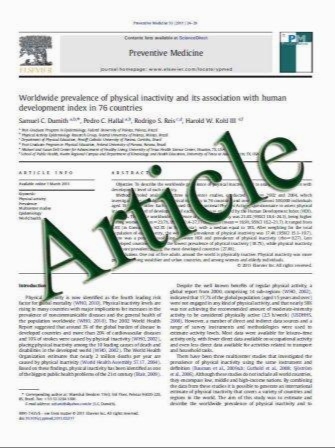Influence of erythropoietin-stimulating agent treatment on glycated hemoglobin values in diabetic patients with chronic kidney disease
- نوع فایل : کتاب
- زبان : انگلیسی
- مؤلف : Tomonari Okada Toshiyuki Nakao Hiroshi Matsumoto Yume Nagaoka Toshikazu Wada
- چاپ و سال / کشور: 2011
Description
Glycated hemoglobin (HbA1c) is used to assess glycemic control in diabetic patients. Erythropoietin-stimulating agent (ESA) treatment decreases HbA1c values in dialysis patients [1, 2]. However it is not clear whether ESA influences HbA1c values in non-dialyzed chronic kidney disease (CKD) patients. Recently, Ng et al. [3] showed a significant decrease in HbA1c values after starting ESA in non-dialyzed CKD patients. We simultaneously examined the change in HbA1c values and glycated albumin (GA) values, which are alternative markers unaffected by erythrocyte turnover, after starting ESA treatment in 42 patients with CKD stage 3 to 5 (diabetic nephropathy/non-diabetic renal diseases with/without diabetes: 36/3/3). Glycemic treatment was not changed during the study. Twenty-nine patients were men. Age, serum creatinine, and body weight at starting ESA were 68.3 ± 8.9 years, 3.47 ± 1.60 mg/dl, and 63.2 ± 11.2 kg, respectively. Twenty-two patients received insulin, and 11 patients received oral hypoglycemic agents. Epoetin-alfa or epoetin-beta was administered once or twice a month. Monthly doses ranged from 6,000 to 24,000 units. No patients received iron supplements during the study. As shown in Table 1, HbA1c values tended to decrease slightly after starting ESA; however, there was no statistically significant change compared with baseline values. GA significantly increased after 12 months compared with baseline values. GA/HbA1c ratios significantly increased after 6 and 12 months compared with baseline values. There were no significant correlations among the change in HbA1c values from baseline, the ESA doses, and the change in hemoglobin levels in any period
Clin Exp Nephrol (2011) 15:316–317, Received: 26 August 2010 / Accepted: 18 January 2011 / Published online: 8 February 2011 Japanese Society of Nephrology 2011


